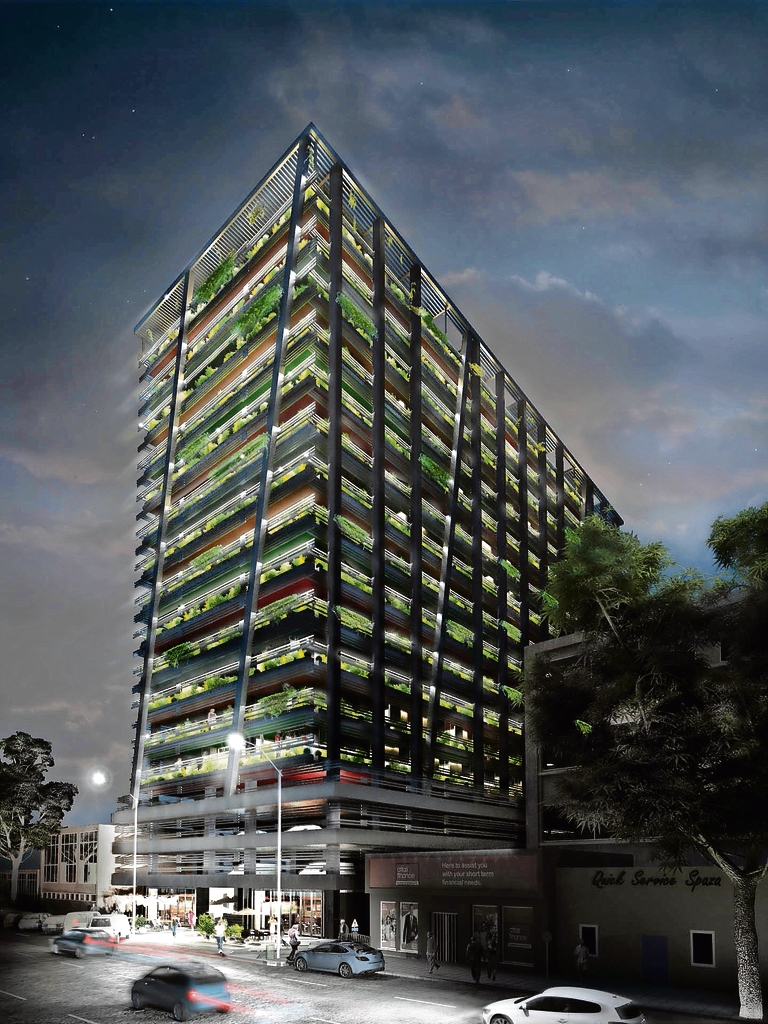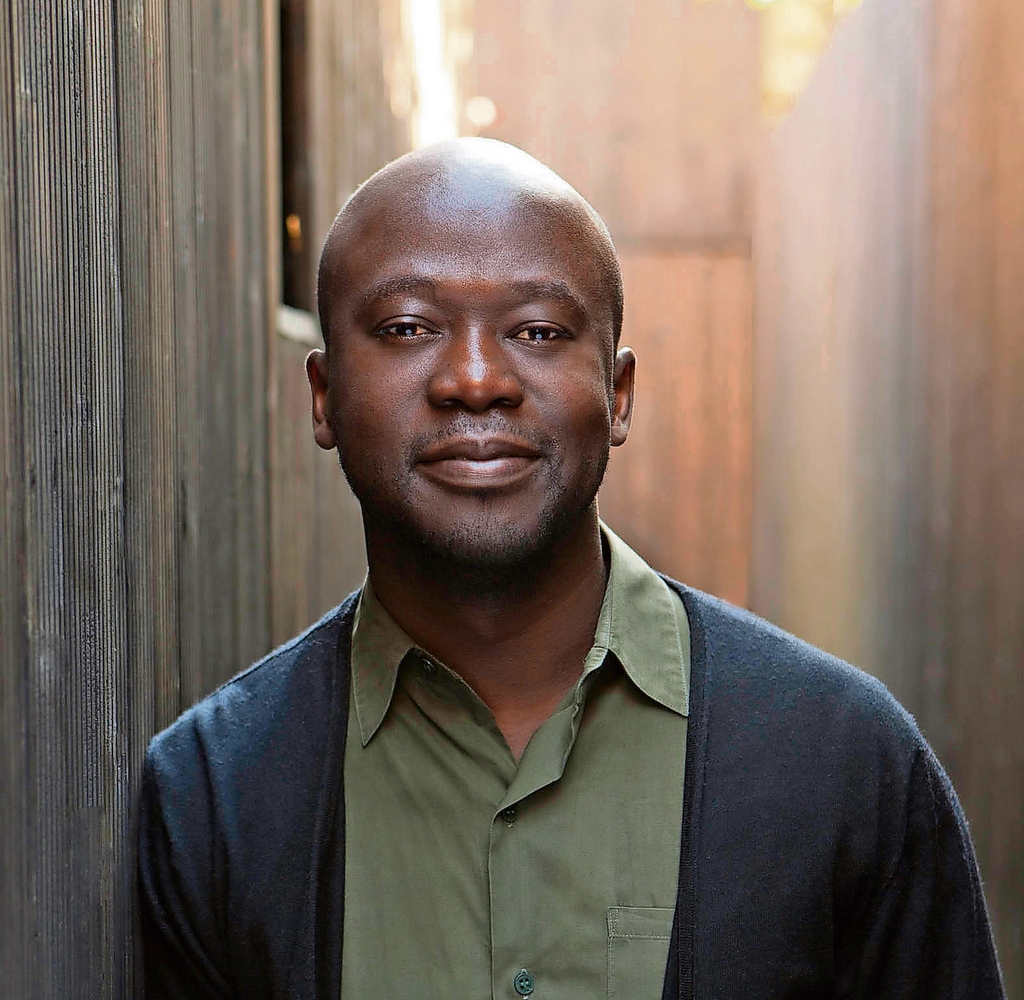Design dilemma: Architect
A few weeks ago, under the auspices of the ever-expanding Maboneng Precinct, Hallmark House was officially launched in Johannesburg’s Doornfontein area. It was, to be more precise, the launching of the idea of Hallmark House as an intended all-in-one residential place, and I say “idea” because the building is still in its early phases of development, or rather refurbishment, since it is an existing building. It’s scheduled for completion in mid-2016.
Internationally renowned architect or “starchitect”, as is the contemporary rage, Adjaye is heading up its architectural design. Recognised as one of the best known architects in the United Kingdom, he has designed houses for Ewan McGregor and Kofi Annan, collaborated with Danish artist Olafur Eliasson and has buildings such as Sugar Hill housing in New York, the Smithsonian National Museum of African American History and Culture in Washington, and the Dirty House in Shoreditch, London, under his David Adjaye Associates portfolio.
In Johannesburg, Hallmark House is an inspired project meant to be an architectural gem, a position that it will unfortunately hold amid the squalor of downtown Johannesburg.
To its saving grace however, it stands along Siemert Road, an easy connection from the M2’s Joe Slovo off-ramp and a few turns from Maboneng’s Arts on Main. It is in a location that is for all intents and purposes agreeable to its ambitious social scale but of course, this being Johannesburg, a number of questions linger, as is to be expected, mainly about who this project is for and what it will in fact achieve once it is standing and complete in all its glory.
“I think Hallmark House is an extraordinary opportunity for Maboneng, which has been developing fast but still faces a huge amount of poverty and unsustainable urban conditions,” writes Adjaye in an email interview.
“Many of the buildings in the area are dangerous and uninhabitable. So this project is about taking one such building and rehabilitating it, transforming it into an urban community that can truly address the changing, fluid nature of city life.
“This project is going to be a sustainable, mixed-use, mixed-income development that is about cultivating a truly diverse community that honours the core of Johannesburg’s vision for its future. This is intelligent development.
“The extraordinary thing about Propertuity (the development company that Adjaye has partnered with, headed up by Maboneng founder Jonathan Liebmann) is that they take responsibility for the entirety of urban environment, from landscape to commercial spaces to security. They are devoted to the mission of making Johannesburg a thriving, inclusive global city.”
 Hallmark House as it will look when completed (Propertuity)
Hallmark House as it will look when completed (Propertuity)
The Hallmark House clientele
Adjaye certainly ticks all the relevant boxes in this response. He seems to recognise the contradiction of a development such as Hallmark in a city that is as economically factitious as Johannesburg.
But there is of course, an undeniable irony even in this recognition and elsewhere in Adjaye’s observations: the reality that initiatives such as these, initiatives that promise “mixed use” or better yet “mixed income”, are invariably intended for a certain kind of clientele.
With prices that start from R495?000 for a 34m2 apartment to R3?600?000 for one measuring 303m2, the clientele is the financially stable to reasonably well-off kind. They offer this clientele an experience of the city that is not necessarily entrenched within its social fabric but rather, appeals to a higher, more global and indeed capitalist ideal that is in many ways removed or will inevitably be removed from its locale.
Answering a question about whether architecture responds to the needs and wants of its inhabitants or if it is instead shaped by them, Adjaye notes that “traditionally formal architecture has very much been about ideals and societal aspirations, while informal architecture has been about the everyday, about crafting space that meets daily needs. But, especially today, these are porous categories, not discreet distinctions.
Architecture should be emancipatory
“Our ideas about a civilised world are manifested through the architecture we make; this cannot be avoided. Architecture is bound up in politics of representation whether that is acknowledged or embraced. So, for me, it becomes a question of how can you translate an understanding of context – of the needs of various publics in a given place, into a form that offers new possibilities and new ways forward.
“I believe architecture should be emancipatory, should affect the politics of progression. So it is never simply about meeting current needs, but about meeting them in such a way as to help empower communities and foster new dialogues.”
So how does Johannesburg fare in relation to other cities on the continent? Adjaye draws from his painstaking study of the urban spaces in the countries of the continent and states that “the overarching takeaway is that the culture, architecture, arts, urbanism and identity of each are shaped very definitively and legibly by their geography.
“A geographic map of Africa is much more informative in conceiving of the continent than the political map when thinking through these elements. Similarities in urbanisms emerge when you look at those cities that share similar geographic contexts. So you see, for instance, citadel-like formations in the Maghreb, lush river architecture dominating the desert cities, and horizontal, cellular, atria-like domestic architecture in the cities of the Sahel.
These are only a few examples, but emphasise the irreducibility of geography’s role in shaping urbanism.”

David Adjaye (Ed Reeve)
A fragmented city
Adjaye’s words bring to mind the thoughts of Ethiopian-born American based urban planner Fassil Demissie when he writes about “geographic issues of spatiality” in relation to, and despite the “spatial imagery” of, the more popular narratives of post-colonial discourse.
Better still, they invoke the observation of another scholar, Paul Ashcroft, when he writes that “just as cities are invariably subjected to transformation and erasure, urban spaces are always haunted by the spectre of their historical past”.
Johannesburg is exactly this space, a fragmented city that is schizophrenic in its aesthetics and cultural identities. Its spatial politics are contradictory yet in some ways understandable – spaces that are constructed for specific purposes often go through an identity crisis when those purposes are turned on their head.
Johannesburg has historically gone from a city meant for a few to one freely inhabited by many. Projects like Maboneng precinct and Hallmark House, with the gentrification tag that they definitely cannot shake off, arguably resurrect in the minds of many the aforementioned status quo – where the few can once again occupy the city but this time under the unequivocal cover of economics instead of the blatantly racist policies of the past.
An opportunity for experimentation
In the end, it is difficult to say with certainty just what kind of measures can successfully be used to address these multilayered issues of a city such as Jo’burg – but the probable answer perhaps lies in what Adjaye suggests when responding to the question of how urban spaces with a certain history can be imagined anew.
He was involved in the design of the pavilion in the Park Station precinct. “Johannesburg has a unique challenge in that, sadly, it is one of the few cities in the world that has a specific spatial architecture that is born from division. To undo that division requires a radical change in the operating mode from which you see the city.
“You have to be prepared to create new overlaps that do not make immediate visual sense, but actually make sense as an integration project. The exciting thing about this is [that] because it is such a new approach, there is a lot of opportunity for experimentation.”
The catch unfortunately, is that it is easier said than done.